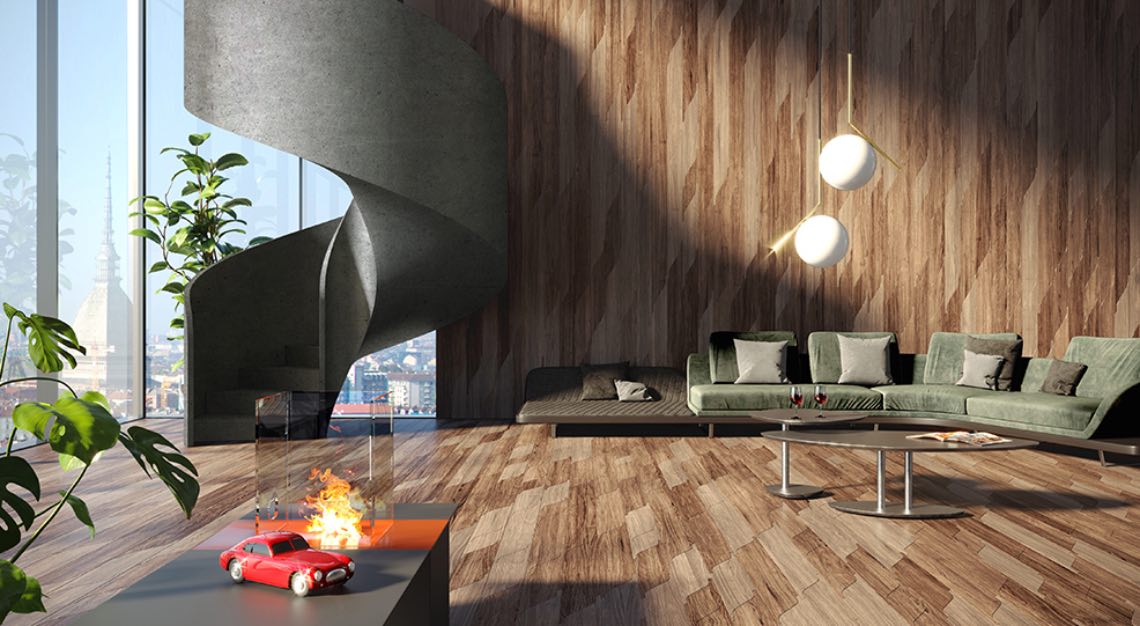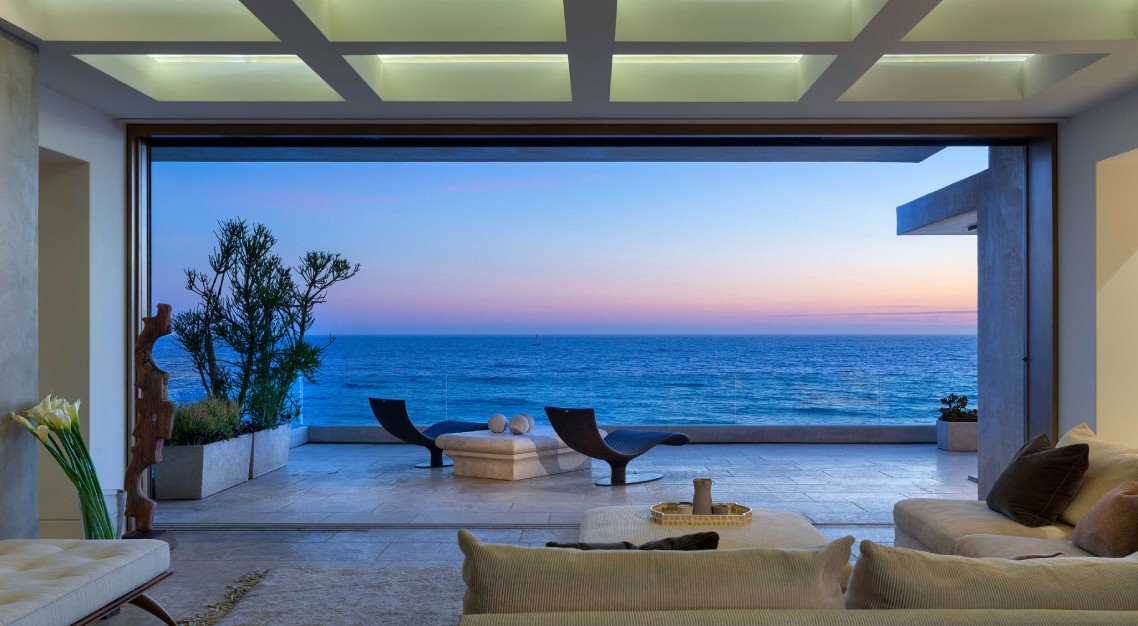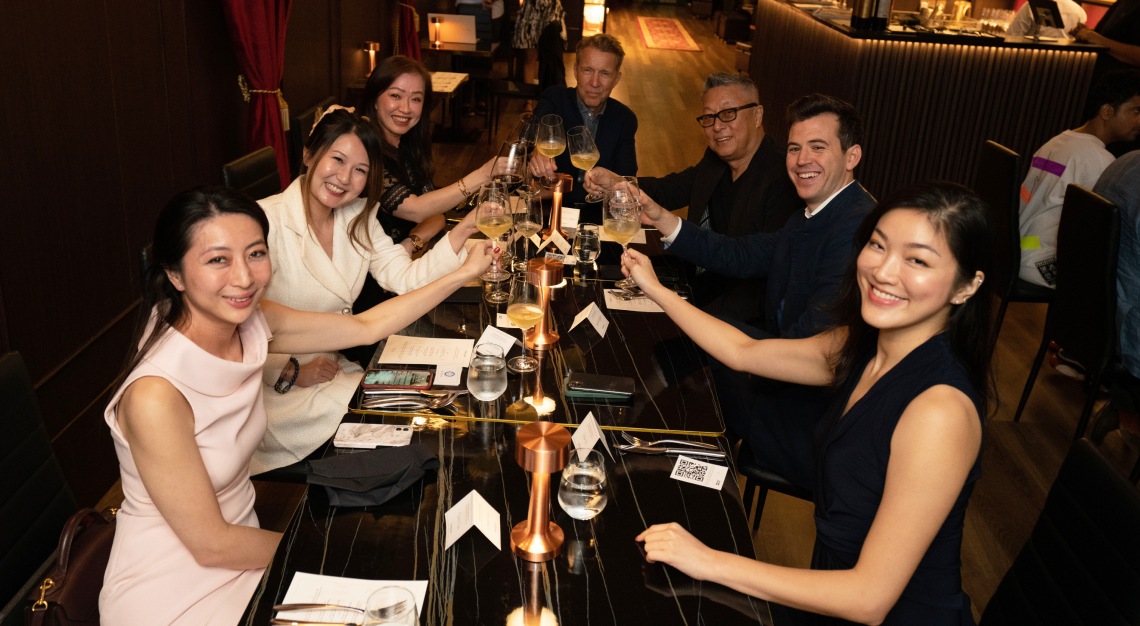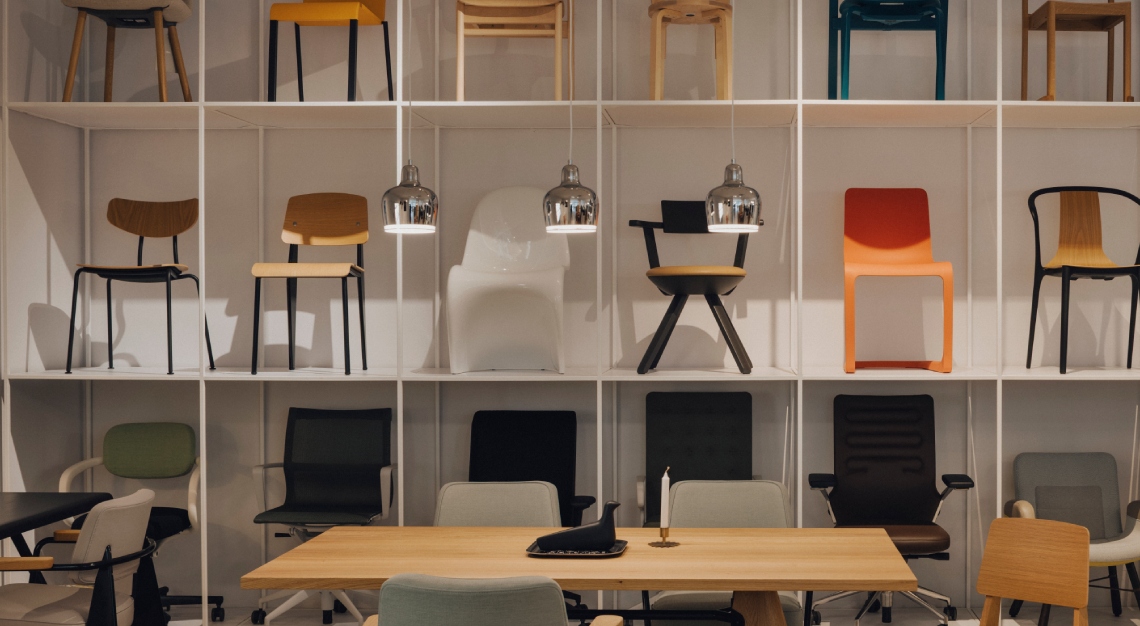The collection, Miraggio, is inspired by nature and its complex geometric patterns

When Battista “Pinin” Farina founded his Turino-based design firm in 1930, he had no idea his name would carry on to become one of the most revered names in Italian design. Beyond penning iconic lines for the likes of Alfa Romeo, Fiat and Maserati, from 1951 to 2017 all but two vehicles with a Prancing Horse on its badge were penned by the firm – including timeless totems of lust like the 1962 Ferrari 250 GTO, the most valuable car in the world.
Today Pininfarina has moved from behind the wheel to envision award-winning architecture such as São Paulo’s Cyrela residential towers, honoured with an International Architecture Award in 2019. This summer the firm expands even further into the home with Miraggio, a collaboration with Corà, Italy’s largest distributor of wood products. The new floor collection is meant to seamlessly segue from outdoor to indoor and blur the borders between exterior and interior spaces with complex geometric patterns that act like an optical illusion to unite both areas.

“Just like a miraggio, the collection was inspired by natural ornaments that could be seen differently, like a water surface with the sparkling cutlines of the parquet or as warm and soft sand with a gentle pattern created by the wind,” explains Alexandra Krivolapova, architecture and interior design lead at Pininfarina. “Such a nature-inspired design creates a relaxing sensation aimed to reduce stress by mimicking the feeling of being immersed in nature.” There are near-limitless combinations of wood (four different European Oak finishes) and ceramics (eight finishes in two different moods: one urban defined by natural stone/minimal concrete, the other marble-like and elegant) allows Pininfarina to emphasize the biophilic nature of the Collection.
“In a world that is drastically changing around us domestic environments have acquired a new central role as hybrid spaces for life, work, and leisure – all aimed at maximising the mental and physical well-being of their occupants,” muses Samuele Sordi, chief architect at Pininfarina. “The last year changed our needs for living outdoors; it brought us back to the ancestral need to be in contact with nature avoiding any barrier between us and non-anthropised space.”
This story was first published on Robb Report US






